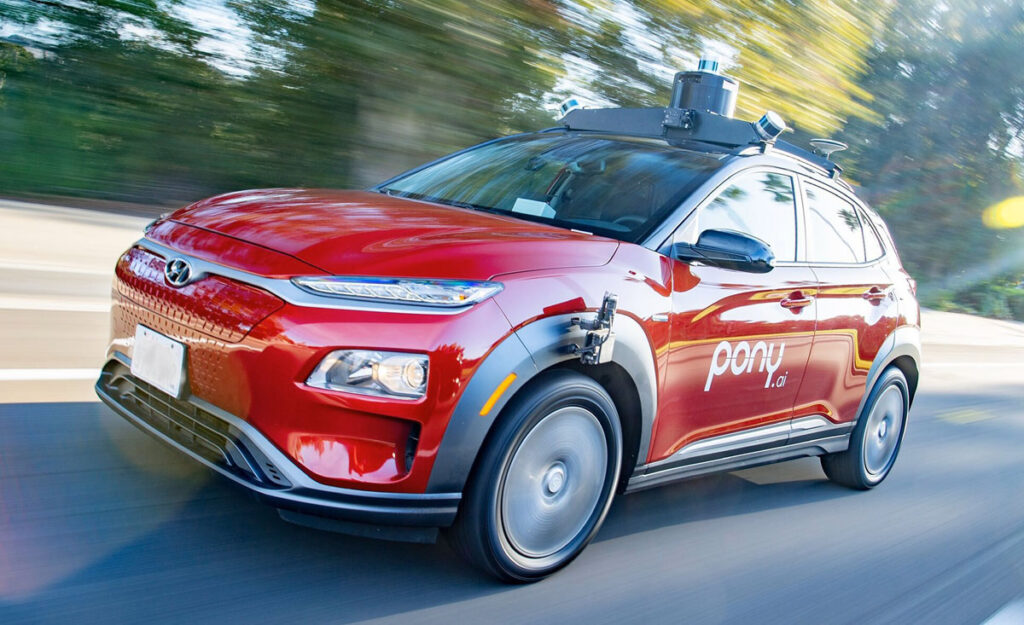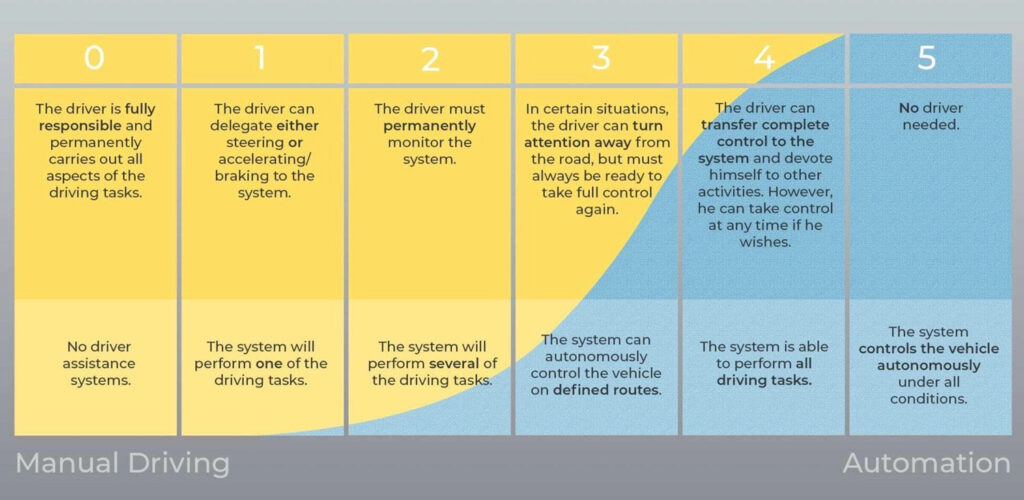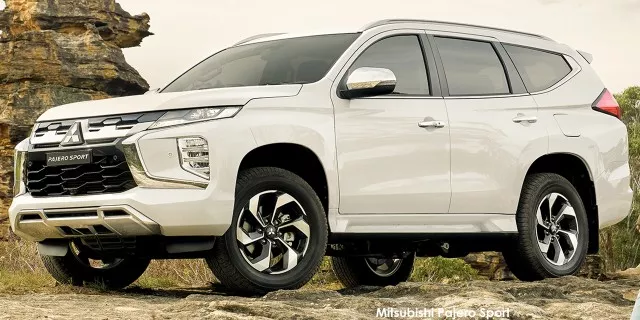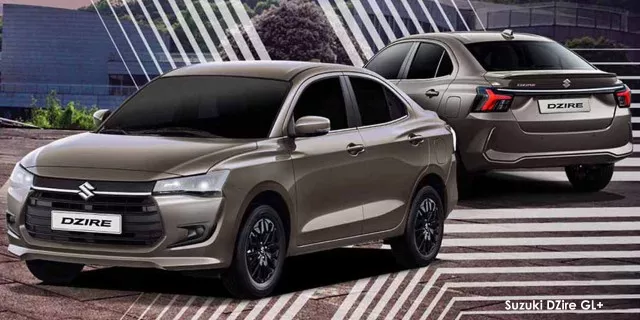
Self-driving cars are no longer in the realm of science fiction and fantasy as they have become a mainstay of certain main cities around the world.
A prime example of this is Waymo and its self-driving taxis, operating in San Francisco since February 2021.
However, while these vehicles have thus far only been available to employees and required a real person to be behind the wheel for safety purposes, the company expressed its intention to expand its services further.
Waymo isn’t alone in this goal, as many car manufacturers have also taken steps toward developing and releasing self-driving cars for the general public.
Level 3 self-driving cars
The most notable of these manufacturers is Mercedes-Benz which will take the industry to the next step by opening sales of Level 3 self-driving systems on their S-Class, EQS Sedan, and EQS SUV.
The feature rolled out on these models on 17 May and is usable on European public roads.
It will cost 5,000 Euros (R84,664.45) to add the option to the S-Class and 7,430 Euros (R125,811.37) for the EQS.
Mercedes may be the first to begin selling a level 3 self-driving vehicle in a broad market, but it is not the first time such a vehicle has been available to the public.
The first level 3 self-driving car introduced to public roads was the Honda Legend which was only available for lease in the Japanese home market.
Later on, in 2017, Audi almost produced a level 3 self-driving A8, but the project was abandoned due to legislation complications.
BMW has also indicated that they intend to release a level 3 system with their new generation of 7 series in Europe this year, but as with the S-Class and EQS, this will be an optional function.
It is possible that should the self-driving S-Class and EQS releases prove to be successful, we could begin to see more major car manufacturers start to develop their own level 3 vehicles.
The levels of self-driving cars
The level assigned to a vehicle or feature refers to the extent of the self-driving systems and their capabilities.
For instance, a Level 1 car refers to features like adaptive cruise control that is only initiated in certain situations and still requires human control.
Level 3, on the other hand, allows a driver to fully disengage from driving under specific situations. The system will still require a human to take over when needed, though.
Above level 3, there are 4 and 5, each representing a stage of automation that no longer requires the input or control of a human driver.
The full specifications of the five levels can be noted below in the table from Blickfeld.
Level 4 and above
While some manufacturers have put level 3 system releases into motion, others elected to jump straight to level 4 and full automation.
Last year, head of Tesla Elon Musk indicated that the company is likely to achieve a level 4 self-driving car this year – Musk has been known to exaggerate, so whether this happens remains to be seen.
In January this year, Volvo also announced the release of a new autonomous driving feature called Ride pilot. After an initial release in California, it will be an add-on for the company’s forthcoming fully-electric SUV.
This new flagship car is expected to be revealed later this year.
However, despite all the progress and promises, it is still uncertain when and if self-driving cars will become a common sight on the world’s roads.
So, until then, we’ll have to make do by suffering through traffic without just turning on auto-pilot and dozing off.











